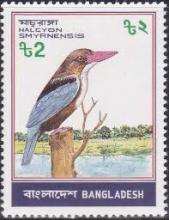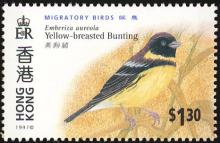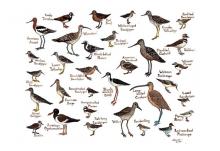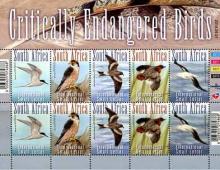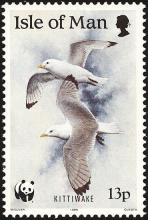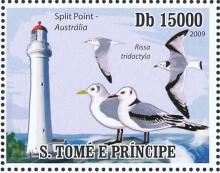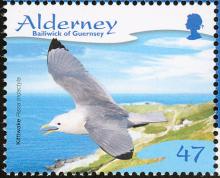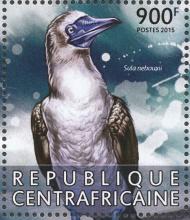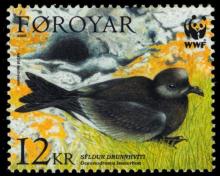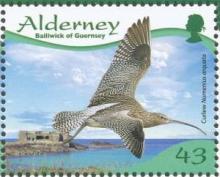Bangladesh lost 80% of its birds in less than 25 years
Once a land of indigenous and migratory birds, Bangladesh is witnessing rapid decline in the number of birds in recent years, conservationists say. In the country’s coastal belt and Sonadia island in particular, the population of birds, as suggested by their movement, came down to a half in a year. Countrywide, the number of birds as counted by their presence here and there, declined by 40,000 this year compared to a year before, according to a census.

